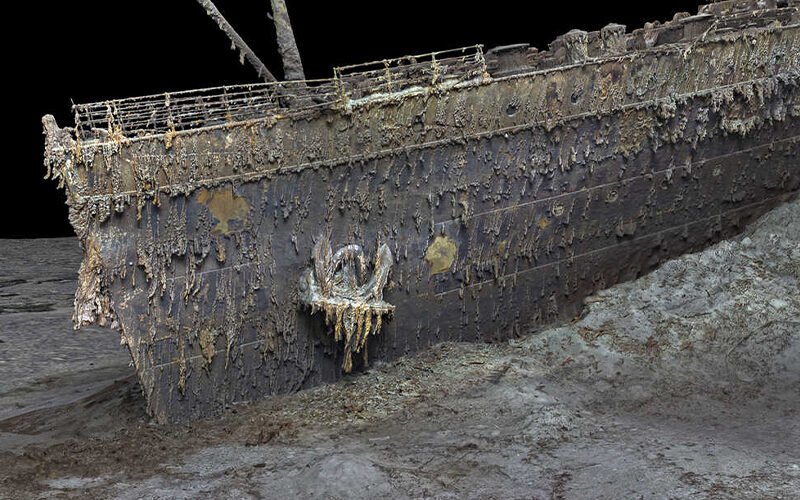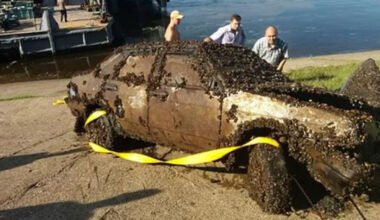Human remains are conspicuously absent from the wreckage of the Titanic, despite the tragic loss of life.
Over a century has passed since the Titanic, famously dubbed the ‘unsinkable’ ship, vanished beneath the Atlantic’s icy waves, taking over 1,500 lives with it. Yet, there is one haunting question that lingers in the minds of many.
While the blockbuster film has given us an emotional glimpse into the disaster, there’s still so much about the Titanic’s fate and its aftermath that remains shrouded in mystery.
For those who have ventured to view the wreckage up close, the experience has been nothing short of chilling and deeply thought-provoking.
One detail stands out to every visitor of the site beneath the ocean’s surface.
Among the remnants of the ship, such as dishes, shoes, furniture, and even personal treasures, there’s something notably missing—human skeletons.
Despite the staggering estimate that 1,517 people perished in the tragedy of 1912, no bodies have ever been spotted on the ocean floor near the Titanic’s remains.

Many victims perished in the freezing waters, either trapped inside the sinking Titanic or left drifting until they succumbed to the cold. Given these conditions, one might expect skeletal remains to be preserved.
Yet, images of the wreck reveal no human bones among the debris, prompting experts to investigate the mystery.
The key lies in the ship’s final resting place—3,800 meters below the Atlantic’s surface—where extreme environmental conditions play a crucial role.
At such depths, bacteria decompose organic material, including bones, by extracting nutrients. Additionally, the water’s chemical composition accelerates bone dissolution, further explaining the absence of skeletons in the wreckage.
Renowned deep-sea explorer Robert Ballard, who discovered the Titanic wreck in 1985, explained that the intense conditions below a certain depth can dissolve bones entirely.
He elaborated: “The water in the deep sea is under saturated in calcium carbonate, which is mostly, you know, what bones are made of.”

“For example, on the Titanic and on the Bismarck, those ships are below the calcium carbonate compensation depth, so once the critters eat their flesh and expose the bones, the bones dissolve.”
“Now in the Black Sea, because there’s no critters to eat, the bones should not be exposed. So you should have perfectly mummified fossils.”
The ship sank along with countless belongings, leaving behind a haunting glimpse into the lives of its passengers. (-/AFP via Getty Images)
Many people were stunned to learn this, taking to online forums like Reddit to express their surprise and disbelief.
One user commented, “I thought they’d be squished into jelly…”
Another asked, “Wait, since when do dead people sink?” while someone else quipped, “The sea is human broth, confirmed?”
This unsettling realization paints a picture few would want to imagine.
While the skeletons of Titanic’s passengers have long disappeared, a haunting reminder remains—their shoes.
The leather, specially treated to resist decay, has endured the ocean’s harsh conditions, standing as a silent testament to the lives lost on that tragic night in 1912.







